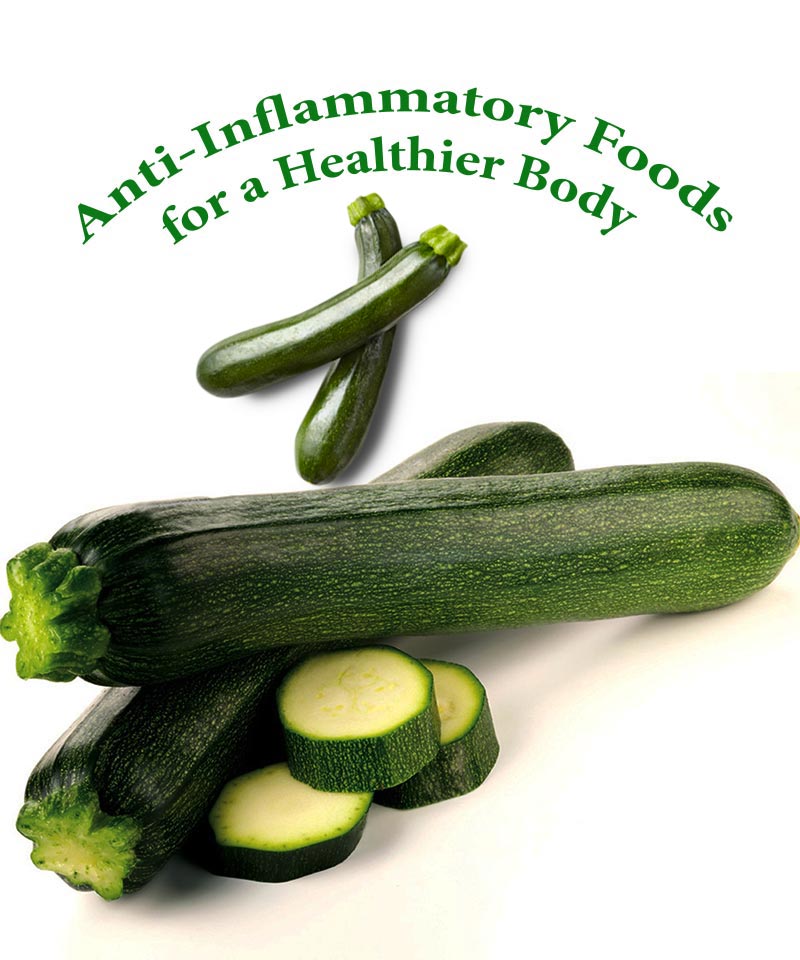
Running Effects on Fat and Cholesterol
Regular exercise helps you control the amount of fat in your body and may promote healthy cholesterol levels. An article on KVAL.com reports that social stress may promote obesity and unhealthy cholesterol levels. Stress promotes obesity because your body releases a stress hormone that moves fat from other parts of your body to your abdomen, and abdominal obesity increases your risk for higher cholesterol levels and heart disease. The article recommends regular exercise to reduce the negative effects of stress.
Fat Reduction
Running can reduce the amount of fat in your body. According to an article on the Peak Performance website, fat reduction from running is not immediate, but cumulative results may be impressive. According to the National Federation of Personal Trainers Endurance Specialist Manual, 65 percent to 95 percent of the calories your burn during aerobic exercise such as running comes from your body’s fat stores. The exact proportion of fat calories that you burn depends on your aerobic condition and the intensity of the activity.

Fat vs. Glycogen
Your body burns calories for energy while you run, and running harder and longer requires more energy. However, the Peak Performance website reports that energy contributions from fat calories decreases as energy demands go up. Longer and more intense running sessions recruit more calories from glycogen stores in your body and may not burn any fat calories. Glycogen is energy that your body stores from carbohydrates.
Metabolism Boost
Higher intensity cardiovascular exercise such as running may increase your metabolism after you complete the run. S.G. Fitness reports that your body may continue to burn calories from fat hours after you complete an intense running session. Low intensity cardiovascular exercises do not provide this extended fat burning benefit. Although lower intensity exercises recruit energy exclusively from fat, the S.G. Fitness article suggests that you may lose more fat with higher-intensity running because of the cumulative effect of burning fat during and after your run.
Total Cholesterol Reduction
Phasic activities such as cross country running may help reduce the amount of total cholesterol in your bloodstream more effectively than static exercises such as weight training or wrestling. Phasic activities use more rapidly adaptive movements with relatively short periods of muscular contraction, whereas static activates require less movement and sustained muscular contractions. According to a study in the “Journal of Lipid Research,” phasic activities reduced total cholesterol levels in test subjects, but static activities did not. The study reports that subjects that had greater cholesterol reductions also reported higher intensity activity, so more intense running may reduce your cholesterol level more than lower-intensity running.
HDL Cholesterol Increase
Running may promote higher HDL cholesterol levels in your blood. According to the American Heart Association, HDL cholesterol is “good” cholesterol, because it may protect you from heart disease by transporting cholesterol out of your arteries. The Peak Performance website reports that the more miles a woman runs may correspond with higher HDL cholesterol levels. Running 40 miles each week may increase a woman’s HDL cholesterol and reduce her chances of developing heart diseases by 30 percent. Peak Performance reports that a man may experience higher HDL levels that reduce his risk for heart disease by 10 percent for every 10 miles that he runs in a week.






Leave a Reply